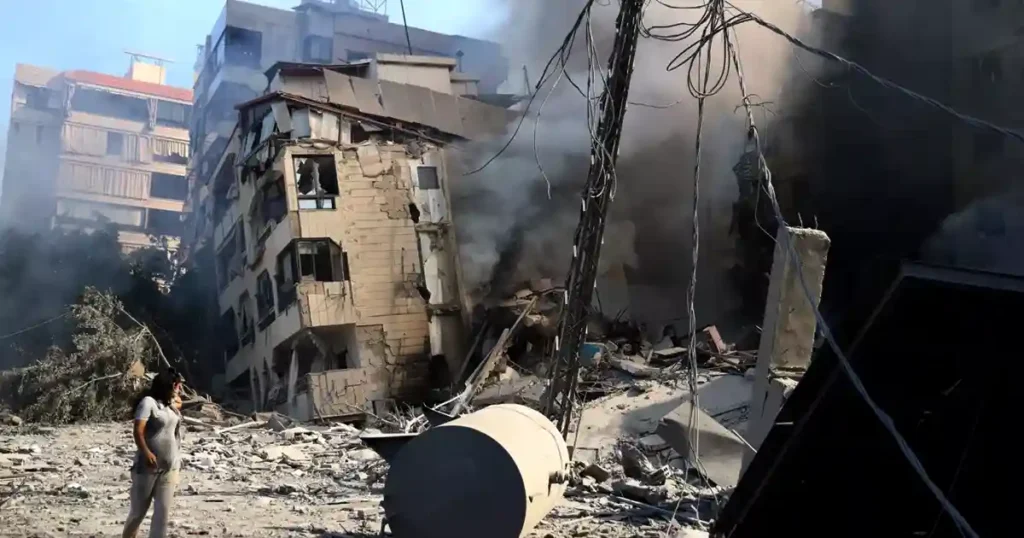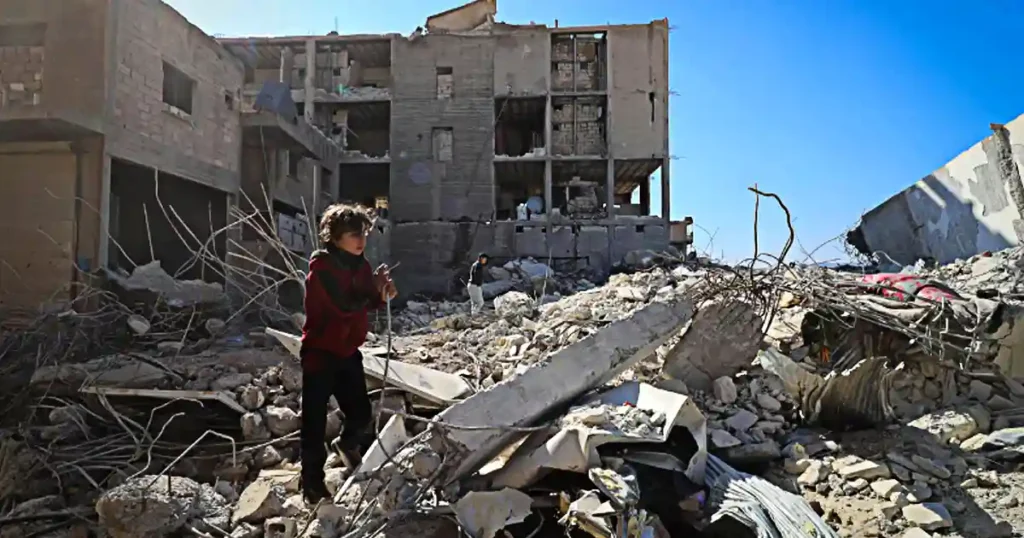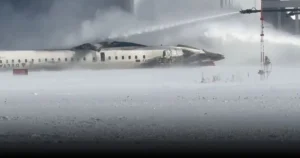Lebanon, a nation historically marked by its cultural richness and resilience, is now grappling with what aid agencies describe as the deadliest violence in decades. The escalating conflict has plunged the country into a humanitarian crisis, causing widespread displacement, economic collapse, and immense suffering for its citizens.
This article offers a deep dive into the ongoing situation in Lebanon, its historical and political context, the impact on civilians, and the urgent need for global action to address this crisis.
The Historical Context of Lebanon’s Instability

Lebanon’s current predicament is rooted in a complex history of sectarian divides, political corruption, and external interventions.
Key Historical Milestones
- Civil War (1975–1990):
- Lebanon endured a devastating 15-year civil war fueled by sectarian tensions and regional power struggles.
- The war left deep scars, with no lasting reconciliation mechanisms to address underlying issues.
- Post-War Recovery and Political Paralysis:
- The Taif Agreement ended the civil war but institutionalized sectarian power-sharing, leading to political gridlock.
- Corruption and mismanagement undermined economic recovery.
- The 2020 Beirut Explosion:
- A catastrophic explosion at Beirut’s port highlighted systemic negligence and further eroded public trust in the government.
- Regional Tensions and External Influence:
- Lebanon’s geopolitical location has made it a battleground for regional powers like Iran, Saudi Arabia, and Israel.
The Current Escalation: What’s Happening Now?
Triggers of the Recent Violence
- Sectarian Clashes:
- Long-standing tensions between political factions and religious groups have flared into open conflict.
- Incidents of targeted attacks and retaliatory violence have increased in frequency and intensity.
- Border Skirmishes:
- Rising tensions along Lebanon’s southern border with Israel have drawn international attention, with fears of a larger regional conflict.
- Economic Collapse:
- Lebanon’s financial system has crumbled, exacerbating social unrest and fueling violence.
- Hyperinflation and unemployment have left millions in poverty, with no safety net.
Impact on Civilians
- Casualties:
Hundreds have been killed or injured in clashes, with many victims being civilians. - Displacement:
Thousands of families have been forced to flee their homes, seeking refuge in overcrowded shelters or neighboring countries. - Basic Services Disrupted:
Essential infrastructure, including hospitals and schools, has been severely damaged or rendered inoperable.
The Humanitarian Crisis: Aid Agencies Sound the Alarm
Aid organizations have described the situation in Lebanon as catastrophic, with the violence exacerbating an already dire humanitarian scenario.
Statistics Highlighting the Crisis
- Displacement: Over 200,000 people have been displaced since the conflict began.
- Food Insecurity: More than 50% of the population is now food insecure, struggling to access basic nutrition.
- Healthcare System Collapse:
- Hospitals are overwhelmed with casualties and lack essential supplies.
- Power outages and fuel shortages are crippling medical facilities.
Key Challenges for Aid Agencies
- Access to Conflict Zones:
- Violence and instability make it difficult for humanitarian workers to reach affected areas.
- Funding Shortfalls:
- International aid appeals have received limited support, leaving agencies struggling to meet growing needs.
- Coordination Issues:
- The fragmented political landscape complicates the delivery of aid, with some areas controlled by rival factions.
Voices from the Ground: Stories of Resilience and Suffering
Amid the chaos, the stories of ordinary Lebanese citizens reveal the profound human toll of the conflict.
Displaced Families:
- “We left everything behind—our home, our memories. All we want is safety,” says Fatima, a mother of three who fled her village after a bombing.
Healthcare Workers:
- “Every day feels like a battle. We have no resources, yet the patients keep coming,” shares Dr. Khalil, a surgeon in Beirut.
Children’s Plight:
- Schools have shut down, and many children are experiencing trauma from the violence. UNICEF warns of a “lost generation” if the crisis continues.
International Response: What Is Being Done?
The international community has taken some steps to address the crisis, but much more is needed.
Efforts So Far
- Humanitarian Aid:
- The United Nations and NGOs are providing emergency relief, including food, water, and medical supplies.
- Diplomatic Interventions:
- Countries like France and the United States are urging Lebanese leaders to engage in dialogue and de-escalate tensions.
- Sanctions and Accountability:
- The EU has imposed targeted sanctions on individuals responsible for corruption and obstruction of reforms.
Challenges to International Assistance
- Limited access to conflict zones and distrust of foreign intervention hamper efforts to provide effective aid.
What Needs to Be Done: A Call to Action
The crisis in Lebanon demands urgent and sustained global attention.
1. Immediate Humanitarian Relief
- Expand Aid Efforts: Increase funding for food, shelter, and healthcare services.
- Protect Civilians: Establish safe zones and corridors to ensure aid delivery.
2. Long-Term Solutions
- Political Reforms:
- Implement reforms to dismantle sectarian power-sharing and promote transparency.
- Economic Stabilization:
- Support programs to rebuild Lebanon’s economy and provide job opportunities.
3. Regional and International Cooperation
- Mediation:
- Encourage dialogue between conflicting factions and regional powers to de-escalate tensions.
- Accountability:
- Hold perpetrators of violence accountable through international mechanisms.
Hope Amid Despair: Lebanon’s Resilience
Despite the immense challenges, Lebanon’s people have demonstrated incredible resilience:
- Community groups are organizing grassroots relief efforts to support displaced families.
- Artists, writers, and activists are using their platforms to raise awareness and advocate for peace.
Conclusion: A Crossroads for Lebanon
The escalating violence in Lebanon is not just a national tragedy but a global challenge that demands collective action. As the world watches, it is crucial for governments, organizations, and individuals to stand in solidarity with the Lebanese people.
The crisis in Lebanon reminds us that humanity’s progress is measured not by the absence of conflict but by how we respond to it. Let us act decisively to alleviate suffering and build a future where peace and stability prevail.
This comprehensive analysis sheds light on the complexities of Lebanon’s conflict, engaging readers with detailed descriptions and a strong call to action.






